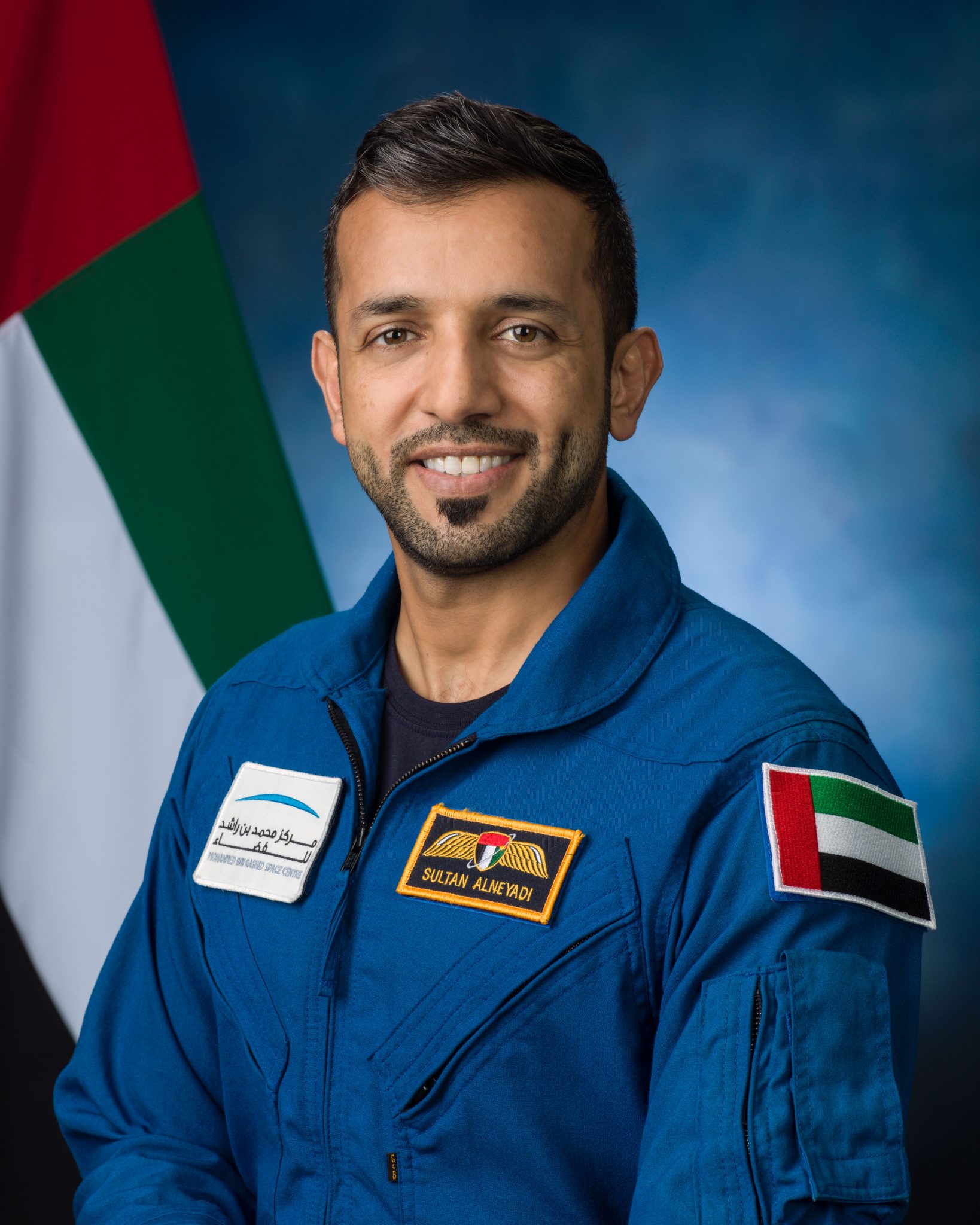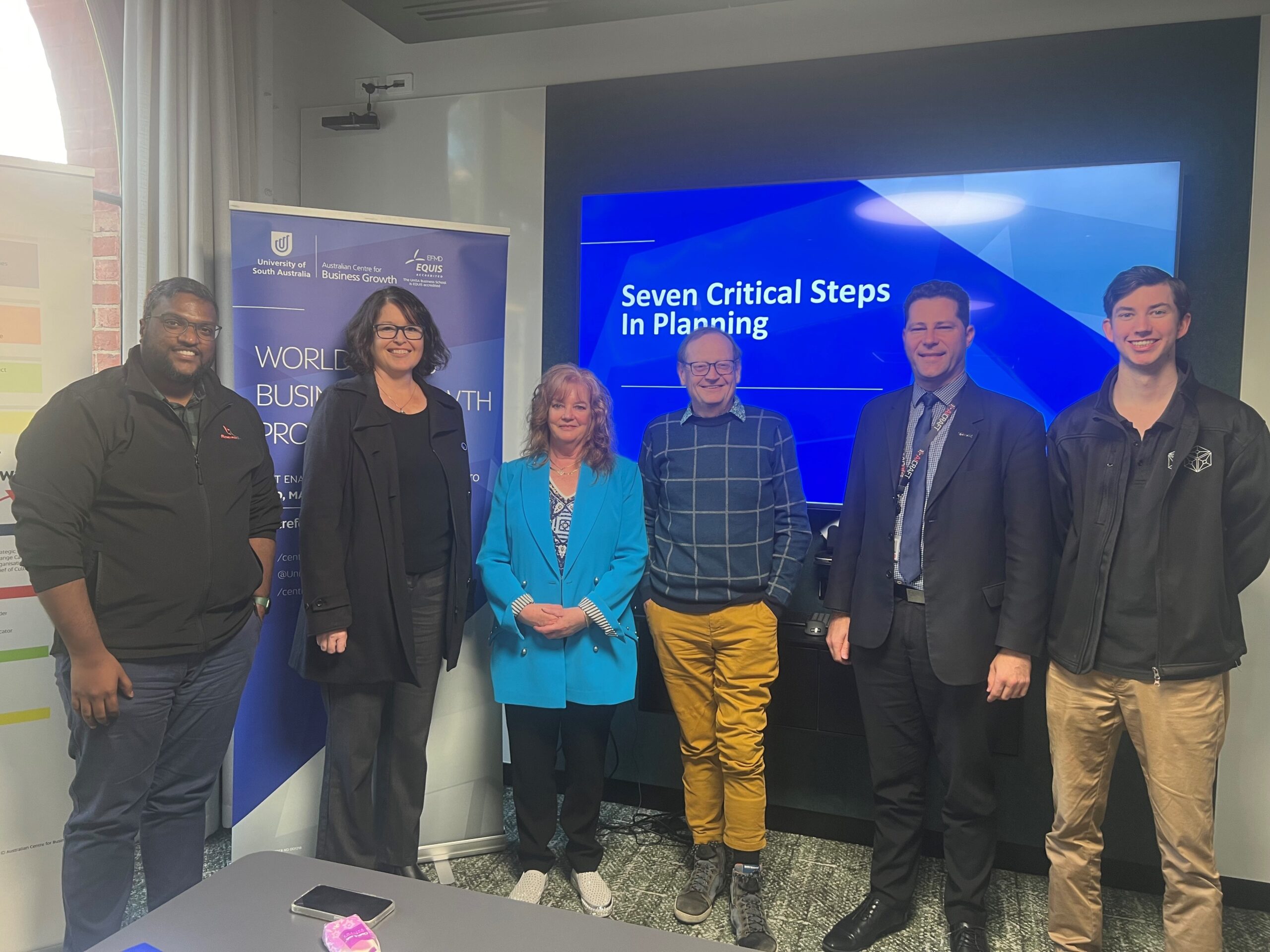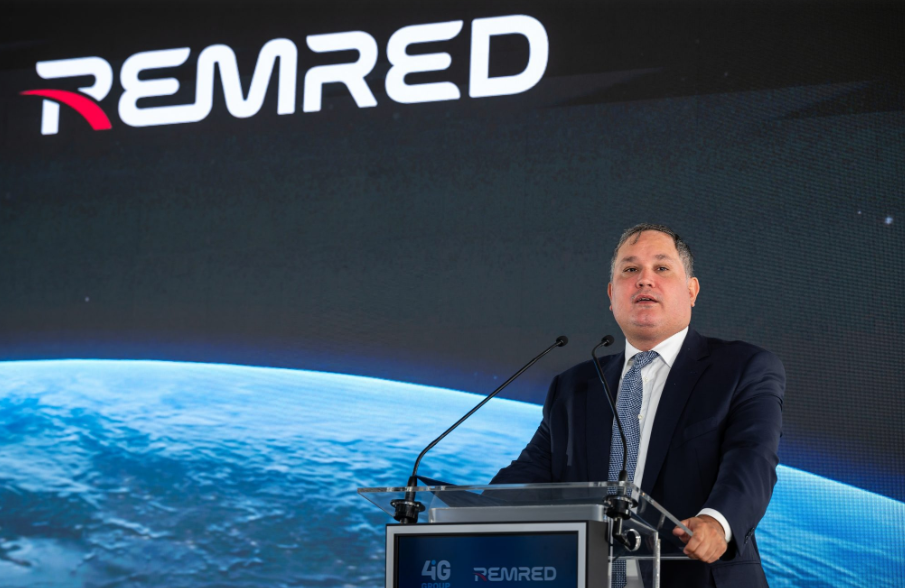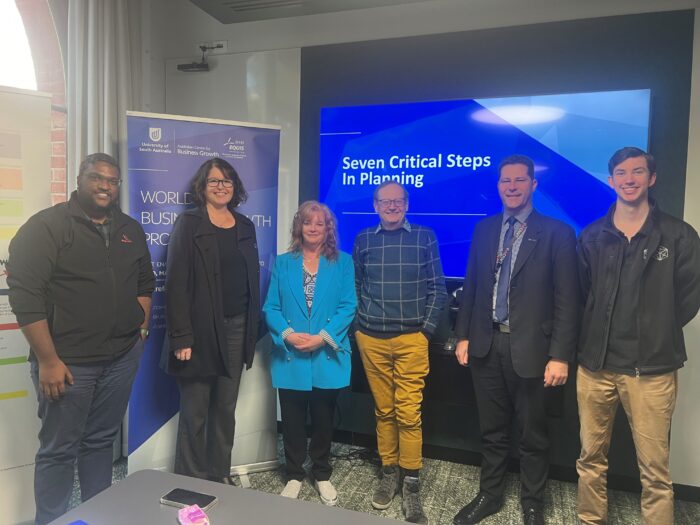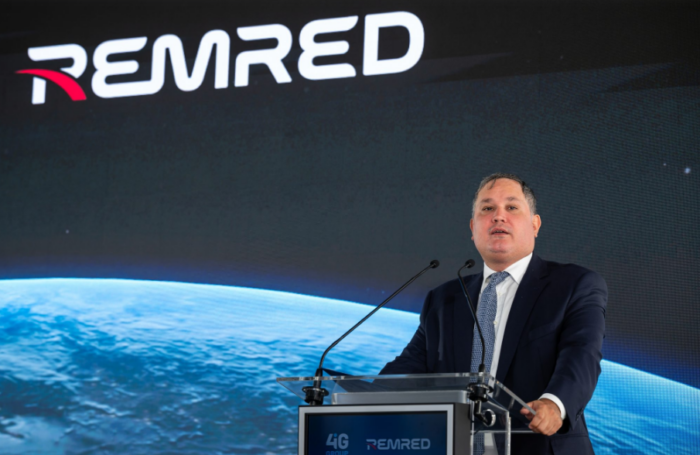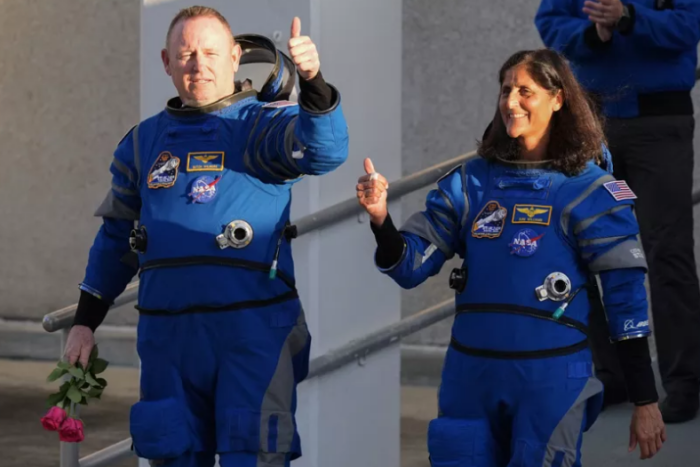The United Arab Emirates’ (UAE) efforts in space exploration began with the launch of the UAE’s Mars mission, the Hope Probe, in July 2020. This ambitious venture aimed to study the Martian atmosphere and provide invaluable insights into the planet’s weather patterns and climate. The Hope Probe’s successful arrival in Mars orbit in February 2021 marked a historic milestone, making the UAE the first Arab nation to reach the Red Planet.
This achievement was not merely about reaching new horizons; it symbolized the UAE’s determination to diversify its economy and invest in cutting-edge technology. With its eyes set on the cosmos, the UAE has demonstrated its commitment to space exploration, innovation, and contributing to the global scientific community. As the nation continues to soar to new heights, it remains a beacon of inspiration for aspiring spacefaring nations worldwide.
April 2023 saw the Emirates Lunar Mission fail, as contact with the lander was abruptly severed. The ispace team subsequently verified that the spacecraft had tragically impacted the Moon’s surface, resulting in its total destruction. However, the real beginning of the UAE in space started back in 2014, when the United Arab Emirates Space Agency was set up, with a mandate to encompass the development and oversight of the UAE’s burgeoning space sector.
Since then, a lot has been going on, with talk of space tourism and the UAE’s planned Asteroid Belt Mission chalked in for 2028. The country’s citizens are in on the game too.
Emirati astronaut Sultan Al Neyadi is on the cusp of concluding his extraordinary six-month trip in space, a journey he describes as the “experience of a lifetime,” following in the footsteps of Hazza Al Mansouri of the UAE, who made history in 2019 by becoming the inaugural Arab astronaut to step foot on the International Space Station (ISS), securing his place in the record books, though prior to the establishment of the ISS, in 1985, Prince Sultan bin Salman of Saudi Arabia achieved a historic milestone by boarding NASA’s Space Shuttle, thus becoming the inaugural Arab astronaut in space.
Dr. Al Neyadi has embraced his role as an inspiring figure during this historic mission, aiming to ignite the aspirations of others, particularly in the context of the flourishing space missions within the UAE and the broader region. During a heartfelt farewell ceremony on the International Space Station, which NASA streamed, he conveyed his profound desire to return to the cosmos. As he embarks on his journey back to Earth, set to commence at 5.05 pm on Saturday 2nd of this month, with a splashdown off the coast of Florida anticipated just before 9 am UAE time, the world will be able to witness this momentous return through live online coverage over the weekend.
“Thanks for the wonderful time spent here. An amazing time, six months, it felt really quick,’ said Al Neyadi, who spoke in both Arabic and English during the interview. During the broadcast, he was accompanied by his loyal companion, Suhail, who serves as the nation’s space mission mascot. “We did a lot — Evas [extra vehicular activity, such as his landmark spacewalk], science, maintenance, we had fun, we had good outreach with many people around the world, so it was really amazing, especially for my region.”
The Emirati pioneer was accompanied by Saudi astronauts Rayyanah Barnawi (Barnawi became the first Arab woman to go on a space mission) and Ali Al Qarni in May when they shared the International Space Station (ISS) for a duration of eight days with him.
“I come from a place where human space flights were stopped for more than 30 years and I felt that I am responsible, obligated, to show what’s happening aboard the station and I think it’s a small boost towards spreading the enthusiasm in our region,” said Al Neyadi, before adding: “I can’t be happier with the time I was here, doing everything possible, and it was really incredible time.”
He expressed his eagerness to embark on another space journey alongside his three Crew-6 companions: NASA astronauts Stephen Bowen and Woody Hoburg, and Russian cosmonaut Andrey Fedyaev, with whom he had initially arrived at the ISS on March 3.
“We always get asked if we want to fly together again and I always say 100 percent. I would love to do it again,” he said.
He also gave some good advice for future first-time astronauts:
“For the newcomers, enjoy every part of it. It is an experience of a lifetime,” he said.
In April, he achieved another historic milestone by becoming the inaugural individual from the Arab world to participate in a spacewalk. During this remarkable feat, he and his American colleague, Stephen Bowen, conducted a six-and-a-half-hour spacewalk after departing from the International Space Station. Together, they successfully accomplished two critical tasks as part of their maintenance assignment, including the preparation of a structure on the station’s exterior for a forthcoming solar array installation.
Featured image: Official Portrait of United Arab Emirates astronaut, Sultan AlNeyadi. Credit: Robert Markowitz
Share this article:
